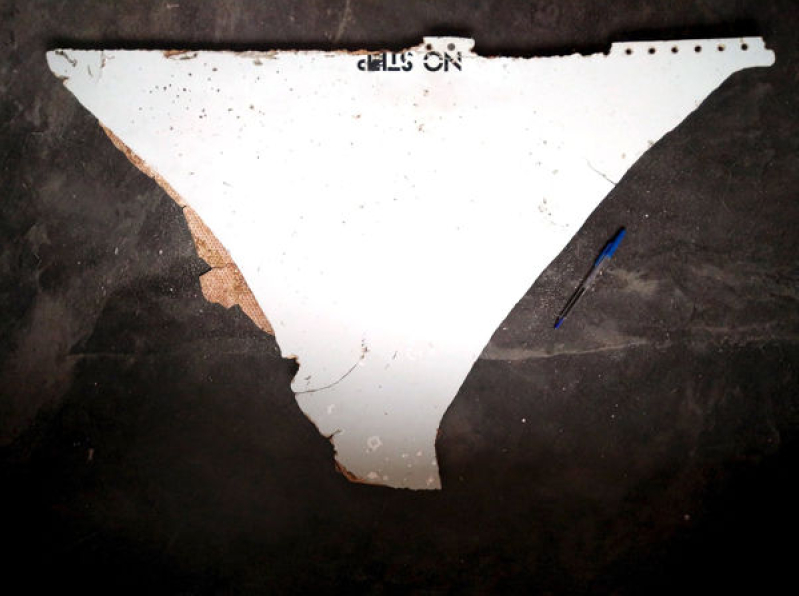
Nobody likes to dissect an aircraft disaster, especially when the entire aircraft cannot be found. That was what happened to Malaysia Airlines’ MH370, as it disappeared on March 8, 2014 without a trace after losing radio contact with ground control. This happened not too long after it took off, en route from Kuala Lumpur to Beijing. Massive search efforts held as a joint-effort by numerous countries failed to yield a single part or debris, so anything else that has turned up is through providence -- as with the latest piece of debris that appeared in Madagascar in the middle of this year.
According to independent investigator Blaine Gibson, there are six pieces that remain with Madagascar’s authorities. This half dozen pieces of debris have not gone through the proper analysis work in order to link it to the missing aircraft. In other words, they have been stashed away for months, waiting for the Malaysian authorities to do their bit.
Just a quick bit of background information -- Blaine Gibson is an independent investigator from US, and he was the one who discovered debris that has since been confirmed to be part of MH370. He discovered a few pieces of MH370 debris along the coastline of Madagascar in June earlier this year. Gibson claimed to have notified both Australian and Malaysian authorities, although they remain uncollected by Malaysia -- the primary mover in retrieving and analyzing evidence.
Not only that, Gibson did not rule out the possibility of several “personal effects” that hail from MH370’s 239 crew and passengers on board, but that is secondary to discovering any possible clues that might have led to MH370’s disappearance.
In total, Malaysia's Transport Minister Mr. Liow Tiong Lai has confirmed the existence of 22 pieces of debris. These 22 pieces were discovered in South Africa, Mozambique, Mauritius and Tanzania, where two of them were confirmed finds while the other four are said to be close to a 100% match to MH370. One of the confirmed debris was a flaperon that was discovered on Reunion Island in July 2015, while an outboard flap which was discovered by Gibson on the island of Pemba, which lies off the coast of Tanzania in June 2016. These two pieces could provide clues as to how MH370 disappeared in the dark of the night.
Mr. Liow said, "This confirmation means a lot to us because we can ensure the next course of action to study the condition of the debris and how the incident actually happened. The Australian Transport Safety Bureau (ATSB) expert said the drifting pattern showed that the search we were doing was within the right area. That was why we found the debris."
The serial number that was located on the outboard flap found in Tanzania matched the records of Malaysia Airlines. There remains another 10,000 sq km in the southern Indian Ocean that has yet to be searched, and this vast area is tipped to see the job done before the year is over. So far, we do know that the search for MH370 has covered a total of 120,000 sq km in the southern Indian Ocean. We continue to pray that continued efforts will leave no stone unturned in order to uncover the fate of MH370.







